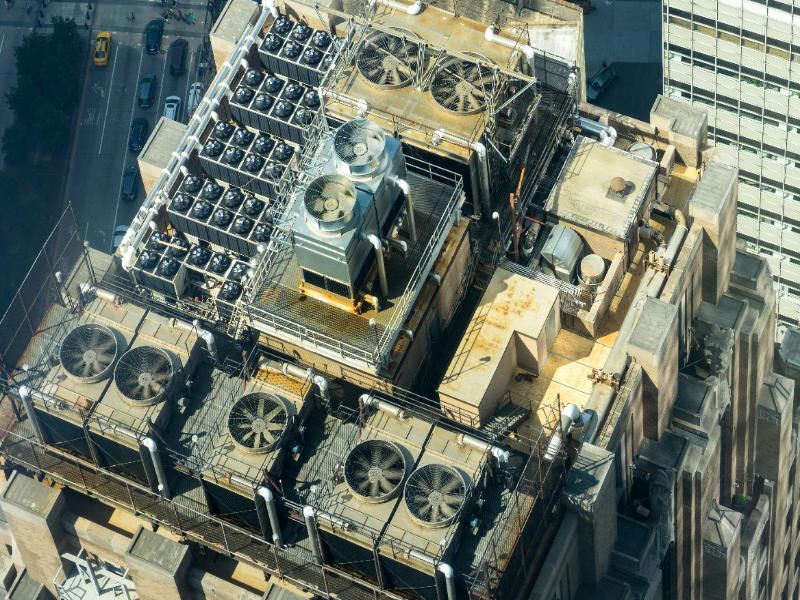- Data centres are under strain as AI and automation workloads increase, prompting a push for more energy-efficient cooling methods.
- New strategies like liquid and modular cooling could help data centres meet these challenges and support sustainable growth.
What happened
Data centres worldwide are straining under the heat produced by a surge in AI workloads. As artificial intelligence applications grow in size and complexity, they demand powerful servers to process immense amounts of data, and this workload generates significant heat. Traditional cooling systems, already consuming vast amounts of energy, are struggling to keep up with this rapid increase. A recent report by ABI Research details the scale of the issue, revealing that cooling alone accounted for nearly 40% of data centres’ energy consumption last year, and this figure is expected to triple by 2030 if the current demand continues.
Also read: How realistic are Big Tech’s nuclear power ambitions?
Also read: Thailand invests $2B in electronics to boost tech growth
To keep operations sustainable and manageable, many data centres are moving beyond conventional air cooling to newer, more adaptable solutions. Liquid cooling, once reserved for extreme data applications, is quickly becoming mainstream, with companies like Equinix and Digital Realty adopting it to support AI-driven computing. ABI Research also points to modular and hybrid cooling systems as vital options for managing high temperatures while optimising energy use. Instead of relying on a single solution, these systems mix cooling methods to address the specific needs of each facility based on its location, energy resources, and workload requirements.
Data centre operators are now under increasing pressure to address not only the efficiency of their cooling systems but also their environmental impact. With the number of global data centres projected to more than double by 2030, the need for sustainable cooling solutions is essential—not only to control costs but to align with regulatory standards and support broader sustainability goals within the tech industry.
Also read: What is a data centre?
Why this is important
The mounting energy and cooling demands from AI-powered applications pose a direct challenge to the growth and sustainability of data centres, which are foundational to the digital economy. Cooling is an expensive, energy-intensive part of data centre operations, and if not managed effectively, it could slow the expansion of AI and data infrastructure, increasing operational risks and costs for companies reliant on these technologies. Adopting advanced cooling solutions like liquid and hybrid systems is a step toward reducing these risks and helping data centres to future-proof against the surging demand.
Addressing cooling requirements isn’t just about technical efficiency; it’s about making data infrastructure sustainable for the long haul. As data centres adapt to these changes, they face both operational and environmental pressures to innovate without adding to their carbon footprint. By refining cooling methods, the tech industry has an opportunity to create data centres that are robust enough to meet AI’s demands while minimising environmental impact—a balance that will be crucial as the tech landscape evolves.

